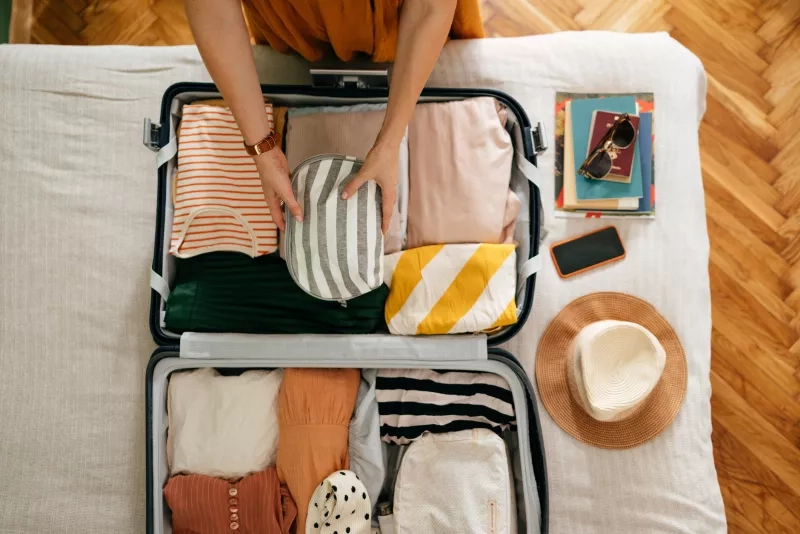
Stay or go? Understanding government travel advisories
2 Minute Read
As a Canadian traveller, staying informed about safety while planning your trips is essential. With evolving circumstances around the globe, it's crucial to consult updated advisories that provide destination-specific guidance tailored to your travel plans. These advisories can cover various concerns, including health emergencies, terrorism, civil unrest, political instability, and natural disasters.
CAA recommends checking advisories for your destination before booking right before you leave. For current and up-to-date information on travel advisories, please visit travel.gc.ca.
Levels of travel advisories
Canada categorizes travel advisories into four risk levels:
Level 1 - Exercise normal security precautions
This is the lowest level of advisory, indicating no significant safety concerns. Use common sense and take the same precautions you would in Canada.
Level 2 - Exercise a high degree of caution
If you're travelling to areas under this advisory, remain vigilant at all times, as safety and security concerns have been identified. This does not mean you should avoid these countries altogether, but rather be alert, plan ahead, and monitor local media while following local authorities' guidance if issues arise.
Level 3 - Avoid non-essential travel
Destinations under this advisory pose specific safety concerns that may put you at risk. Reconsider your need to travel to these areas, and if you are already there, consider leaving if it is safe to do so.
Level 4 - Avoid all travel
This level indicates an extreme risk to your personal safety and security, and travelling to these areas is strongly discouraged. If you are already in such a location, leave as soon as it is safe.
Impact of advisories on travel insurance
As the pandemic has highlighted, purchasing travel insurance for any trip abroad is crucial; you never know when it might be needed. It's also vital for travellers to understand how official travel advisories may influence their coverage. Depending on your travel insurance policy, you may be covered for medical expenses if:
- A Level 3 or 4 advisory is not in place for your destination at the time of departure.
- The medical expenses you're seeking compensation for are unrelated to the reason for the travel advisory (e.g., if you break your ankle, you will still be covered even if a Level 3 advisory exists due to COVID-19).
- The advisory was issued after your departure.
- You were not participating in or voluntarily exposing yourself to a risk (like a riot or civil disorder).
When coverage might be denied
The two highest risk levels, Levels 3 and 4, can significantly affect your travel insurance, depending on when the advisory is issued. Most travel insurance companies may deny your claim if, at the start of your policy, an official advisory was issued urging travellers to "avoid non-essential travel" or "avoid all travel" to their intended destination. For instance, if the Canadian government issued a Level 3 advisory on March 13, 2020, for all countries due to COVID-19, and you travelled after that date, you would not be covered for any pandemic-related medical expenses. COVID-19 would be considered a known issue and thus a general exclusion in your policy (note that this exclusion does not apply to claims for emergencies or medical conditions unrelated to the advisory).
Know before you go
When travel is safe again, remember to register your travel with Global Affairs Canada before departing. This ensures the government knows your whereabouts in case of emergencies and can inform you of any incidents back home. Monitor the Government of Canada’s travel advisories and download the official Travel Smart app for up-to-date guidance. The app provides information for over 200 destinations, including advisories, health updates, and emergency contact numbers. When you're ready to travel again, consider consulting a CAA Travel Consultant. They are your trusted advocate, ready to help you navigate official advisories so you can travel with confidence.




